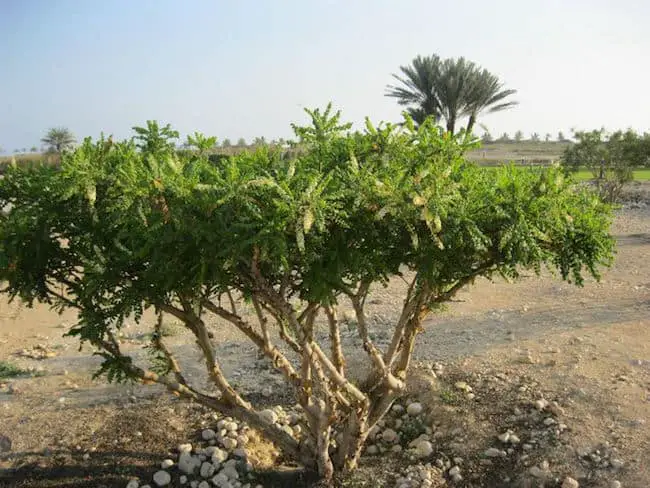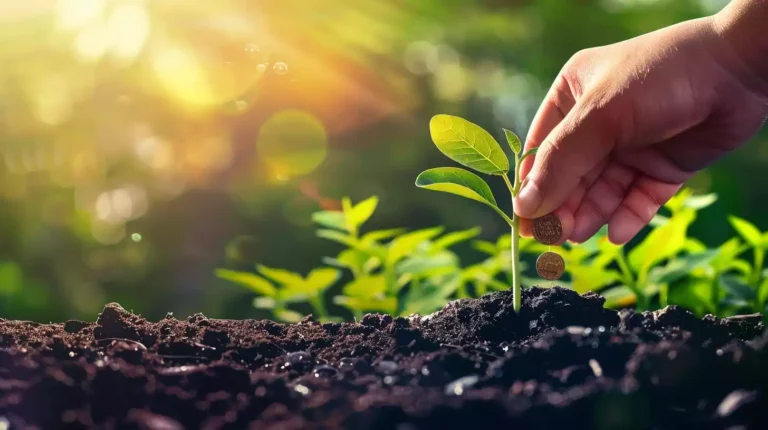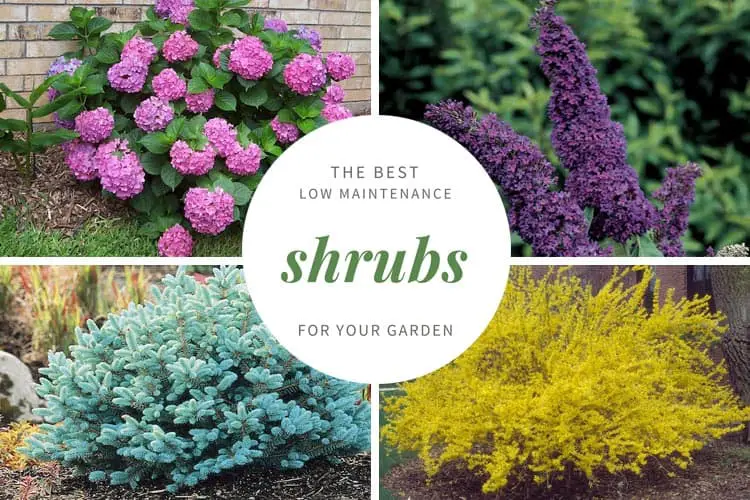Ultimate Guide on How to Grow and Care for Hibiscus
By chance, I made an intriguing finding about growing hibiscus that revolutionized my approach.
The delicate balance of sunlight, water, and nutrients needed for these plants to thrive is truly fascinating.
Mastering these factors is just the start; there are specific techniques and tips that can enhance your hibiscus cultivation.
Let’s discover the keys to nurturing flourishing hibiscus plants, with each bloom showcasing our horticultural skills.
Main Points Covered Below
- Hibiscus thrive in full sun with well-drained soil.
- Regular watering and feeding are essential for healthy growth.
- Monitor humidity levels and adjust care based on the season.
- Choose healthy plants from reputable sources for successful cultivation.
Best Growing Conditions for Hibiscus
When cultivating hibiscus, it’s crucial to provide optimal growing conditions for their health and vibrant blossoms. Hibiscus thrive in full sun, so choose a sunny location with well-drained, moist soil to prevent root rot. Consider different types of hibiscus like tropical or hardy varieties, each with specific preferences.
For outdoor hibiscus, plant them in a sunny, wind-sheltered area with a mix of quality potting soil and perlite for good drainage. Water regularly but avoid overwatering, especially in hot weather.
Indoor hibiscus prefer bright, indirectly sunny spots with a minimum temperature of 7-10°C and high humidity through regular misting. By creating the perfect environment, you can enjoy healthy hibiscus plants with beautiful blooms.
Essential Hibiscus Care Tips
To ensure your hibiscus plants thrive and bloom beautifully, follow these practical care tips for both outdoor and indoor varieties.
Outdoor hibiscus plants need well-drained soil and full sun exposure for optimal growth. Regular watering is crucial, especially during hot weather, and annual feeding with a high potash formula in spring enhances flowering. Mulching in autumn helps insulate the roots during colder months.
For indoor hibiscus, place them in bright, indirect light and maintain high humidity levels by misting the plant regularly. Annual pruning in early spring helps control the size and shape of indoor hibiscus. Watch for bud drop in tropical hibiscus due to low humidity levels, and check for wilting as a sign of underwatering.
Purchase hibiscus from reputable online retailers for a wider selection of healthy plants. By following these care tips, your hibiscus plants will thrive and bring vibrant colors to your surroundings.
Troubleshooting Common Hibiscus Issues
When troubleshooting common hibiscus issues, it’s crucial to identify the underlying cause for effective resolution. For perennial hibiscus plants, watch out for these key points:
- Low Humidity Levels: Bud drop in tropical hibiscus can result from low humidity. To address this, use a humidifier nearby or mist your plants regularly to maintain proper moisture levels.
- Wilting: Wilting indicates the need for more water in tropical hibiscus. Water deeply and consistently, especially in hot weather or if the plant is in a container.
- Nutrient Deficiencies: Yellow foliage may signal a lack of essential nutrients in hibiscus. Use a balanced fertilizer made for hibiscus plants to correct any deficiencies and support healthy growth.
Selecting and Purchasing Healthy Hibiscus
Ensure your hibiscus plants are healthy by selecting ones with vibrant, green leaves, no yellowing or wilting. Check roots for development, avoid leaves with spots or discoloration.
Consider climate suitability and buy from reputable sources for quality assurance. Choosing hibiscus with these traits promotes successful growth and blooming in your garden.
Seasonal Maintenance for Hibiscus
I’ve found that pruning my hardy hibiscus every three years or when it hits 1.5m in height keeps it thriving.
It’s crucial to mulch outdoor hibiscus in the fall to lock in moisture and prevent pesky weeds.
Keeping a close eye on watering indoor hibiscus throughout the growing season ensures they stay vibrant and pest-free.
Can Hibiscus Plants Thrive in the Summer Season?
Hibiscus plants are some of the best summer plants that can thrive in the hot weather. They love the sun and can withstand the heat, making them a perfect choice for your summer garden. With proper care and watering, hibiscus plants can bring vibrant colors and beauty to your outdoor space during the summer season.
Pruning for Growth
When maintaining hibiscus growth through pruning, consider the plant’s type and growth patterns. For hardy hibiscus, prune after three years or at 1.5m height for new growth.
Deadhead faded flowers for continuous blooming. Wait for new sprouts before pruning perennial hibiscus.
Watering Needs
Maintaining optimal soil moisture levels is crucial for the seasonal care of hibiscus plants. Deep and consistent watering is essential. Adjust the watering frequency during the blooming season, even watering daily if the soil dries out quickly.
In cooler weather, reduce watering to prevent waterlogged soil and issues like root rot. Check the soil moisture by feeling the top inch before watering to ensure it’s neither too dry nor too soggy. Avoid overwatering hibiscus to maintain their health and vigor.
Properly managing soil moisture levels is key to the overall well-being of hibiscus plants.
Pest Control
To maintain hibiscus plants’ health, regularly check for common pests like aphids, spider mites, and whiteflies. These pests can harm hibiscus leaves and slow plant growth. Use insecticidal soap or neem oil to treat infestations.
Monitor leaves for damage caused by pests and consider introducing ladybugs to control pest populations.
Pruning Techniques for Hibiscus Plants
When it comes to pruning hibiscus plants, timing is crucial for their health and vibrancy. Understanding the proper cutting techniques can make all the difference in promoting growth and blooming.
Let’s explore these key points further to ensure our hibiscus plants thrive.
Timing for Pruning
Timing is crucial for pruning your hibiscus plants to ensure optimal growth and health. Here are specific considerations for pruning different types of hibiscus:
- Prune hardy hibiscus after three years or when it reaches 1.5m in height for optimal growth and shape.
- Avoid pruning perennial hibiscus to the ground in winter to protect it from harsh weather.
- Wait for new sprouts before pruning perennial hibiscus to promote healthy growth.
Understanding the best timing for pruning will help maintain your hibiscus plants’ health, appearance, and blooming cycles effectively.
Proper Cutting Techniques
When pruning hibiscus plants, use sharp and clean pruning shears for precise cuts that promote healthy growth and shape maintenance.
For tropical hibiscus, prune up to 1/3 of the plant for size control.
Wait for new growth sprouts before pruning perennial hibiscus to encourage healthy blooms.
Regularly deadhead faded flowers to promote continuous blooming.
Avoid pruning perennial hibiscus plants to the ground in winter to protect them.
Indoor hibiscus should be pruned annually in early spring to maintain compact and healthy growth.
Propagation Methods for Hibiscus
To successfully propagate hibiscus, I recommend using stem cuttings as they’re the most common and effective method. Select healthy, non-flowering shoots for best results. Applying rooting hormone can boost the success rate of hibiscus cuttings.
Another method is layering, where a lower branch is bent to the ground, covered with soil, and encouraged to root.
Maximizing Blooms: Hibiscus Flowering Tips
To ensure abundant and vibrant blooms on your hibiscus plants, provide at least 6 hours of sunlight daily.
Use a high potassium fertilizer during the blooming season for vibrant and long-lasting flowers.
Deadhead spent flowers to encourage continuous blooming. Maintain consistent soil moisture levels by watering regularly.
Avoid extreme temperature fluctuations to prevent bud drop.




